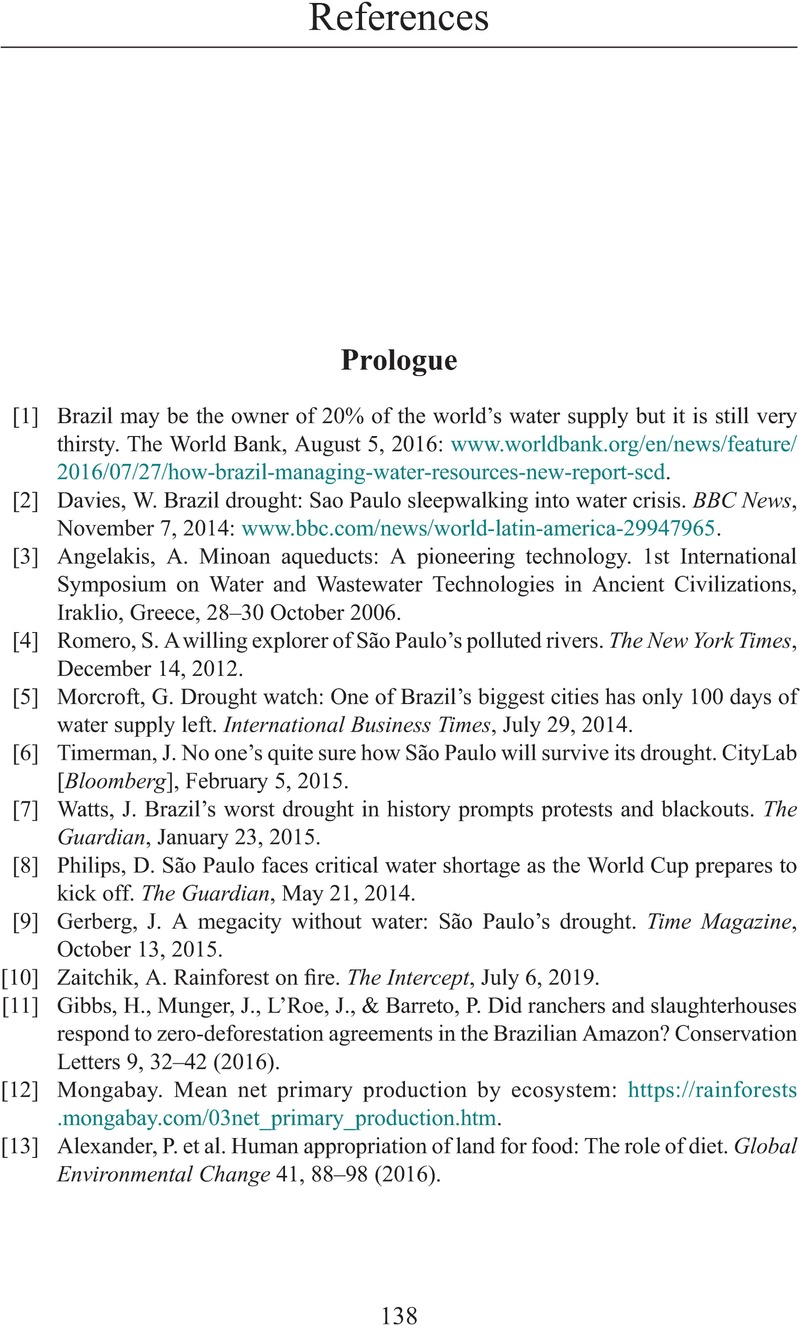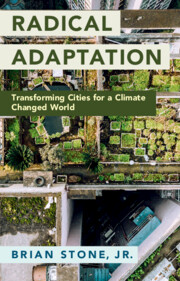References
Published online by Cambridge University Press: 04 January 2024
Summary

- Type
- Chapter
- Information
- Radical AdaptationTransforming Cities for a Climate Changed World, pp. 138 - 150Publisher: Cambridge University PressPrint publication year: 2024



